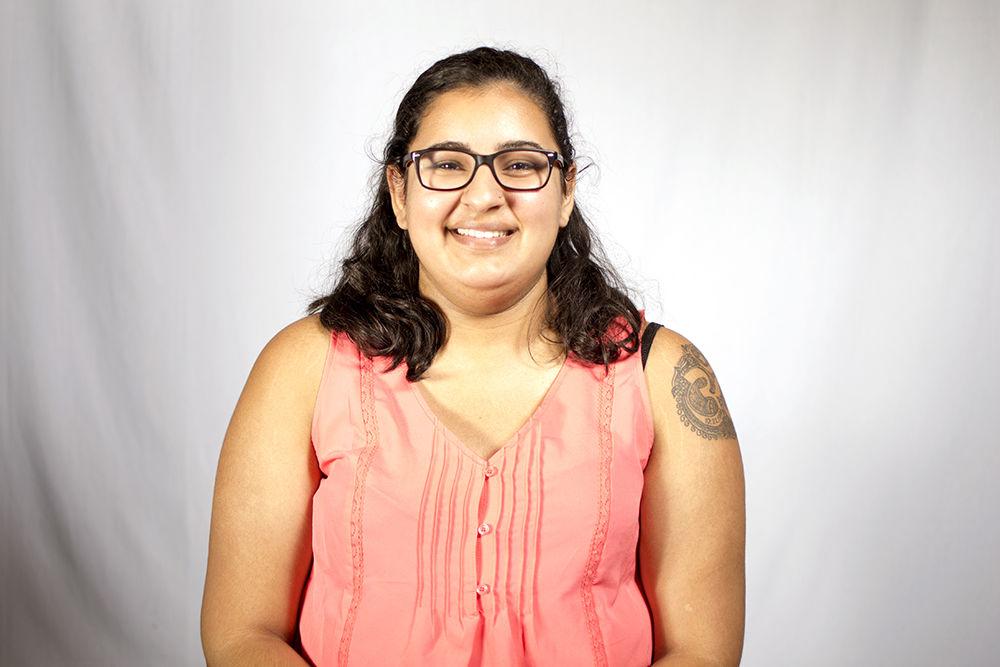Perhaps one of the most difficult things to grasp as a journalist is the idea that in telling stories, the purpose of a journalist is not to tell other people’s stories, but rather to provide a platform on which those people can use their own voices to tell their own stories. That is, we as journalists are not in this job to force our voice onto others; we should be in this job to amplify the voices of those whose voices have historically been silenced.
Student journalists serve a community that is much smaller than those of professional media outlets. However, though the community may be small, this does not mean that representative coverage on a platform that highlights community voices is any less important. In fact, in many ways, considering the diversity of people and ideas, as well as the fact that students are future leaders training in the present, representative coverage within student-driven media is more important than some of the coverage in major media outlets.
The March for Our Lives in Washington D.C. on Saturday, which was, according to CNN, echoed across more than 800 locations around the world, garnered heavy media attention before, during and after the event. All the major publications and news stations provided continuous updates and analysis on the speakers, the crowd and even the performers. However, none of those outlets were speaking from a student perspective, thus running the immediate risk of co-opting or misrepresenting a movement that is built on the inaction of adults.
The media — mass media and the production thereof — is one of the most important human inventions in the world. Without mass media, we would not know what is happening within our own communities, let alone in cities and countries across the globe. Although some may believe that there is no need to keep tabs on current events, the fact of the matter is that, in today’s globalized world, everything that happens has an impact on us as individuals.
However, as anyone who has ever worked in journalism or any similar field knows, it is nigh impossible to cover every story, to represent every voice. We, as journalists, carry a great responsibility, but also a great privilege, in determining what stories are worth telling and what voices are worth elevating. This is true for student journalists, as well as anyone who works at a professional media outlet.
This is why it is so important for student journalists — those of us who are entrenched in a community of individuals working hard to bring current and future change for their own generation, as well as generations in the future — to pick up the slack in coverage where professional outlets miss the mark.
Amanda Freiwald, a 16-year-old student who attended the march in D.C. from Perkasie, Pennsylvania, was frustrated by the lack of empathy within media coverage of the fight for common sense gun reform, which is being led by survivors of the school shooting at Marjory Stoneman Douglas High School in Parkland, Florida. “[There’s] a lack of effort to understand,” said Freiwald. “It’s pathetic.”
Marjory Stoneman Douglas High School’s school paper, The Eagle Eye, guest-edited the US edition of The Guardian over the course of this past weekend. This is an example of journalists offering a platform to those whose voices deserve to be heard. Moreover, The Eagle Eye itself has coverage of the aftermath of the shooting that is likely never to be seen in any professional news outlet — coverage by students are taking charge and telling their own stories.
As students, we have a unique perspective on the major issues that plague the communities around us. We feel the effects of policy decisions and reforms — or the lack thereof — while still being written off as inexperienced and naive about the world that so deeply affects who we are and how we live. It is our responsibility to capitalize on this mistaken notion of us, to use the platforms we have to elevate our own voices in ways that our elected officials and most professional media outlets will not.














